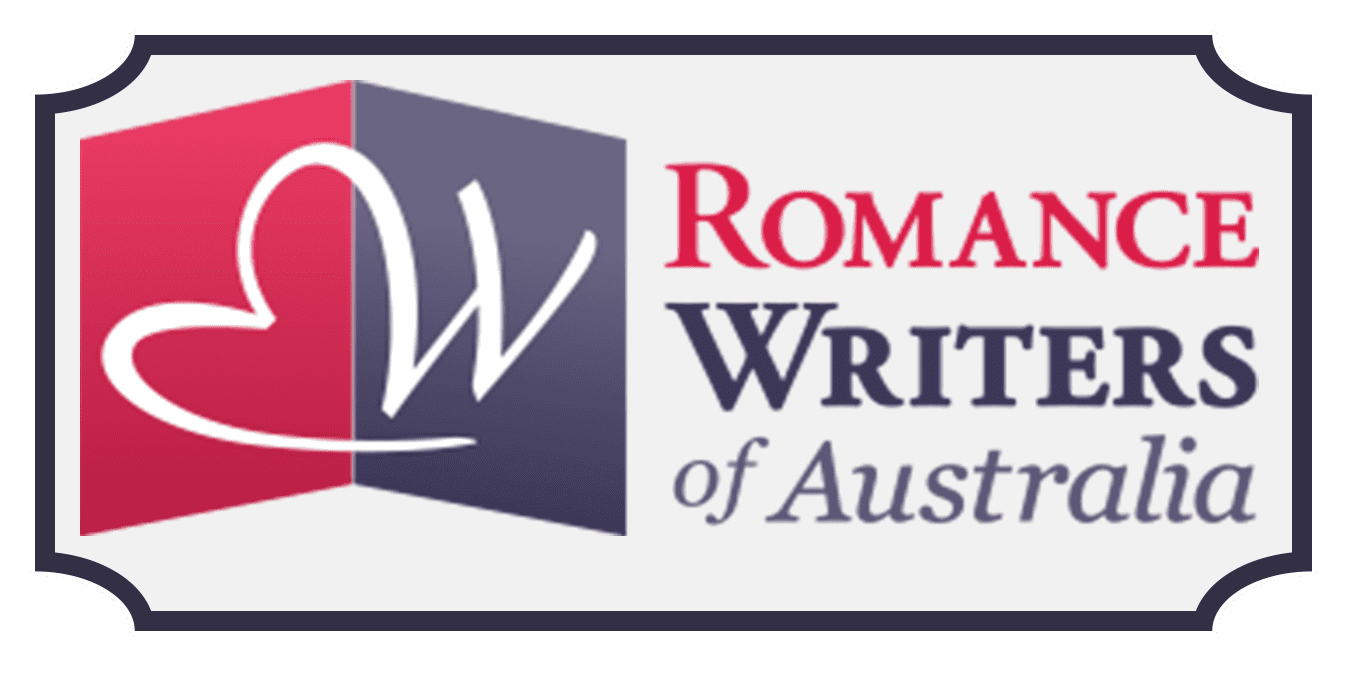Or should that read sales cycleS? Because traditional and indie sales cycles are very, very different.
The traditional sales cycle starts around nine months out from publication. Big publishing houses have lots of books to juggle. They want to make sure they have big sellers in every month (to keep income flowing) and that their key titles don’t compete against each other to both their and their authors’ detriment. In addition to their monthly campaigns, sales campaigns are designed specifically for Mother’s Day, Father’s Day and Christmas, the three high points of the retail year.
To start with, the publisher does an internal sell to the sales and marketing teams. Then they work together to identify which market segment suits a particular book. Very few books get pitched hard at every market segment. Some titles, especially commercial fiction, are best suited to the discount department stores like Big W. Other titles will appeal to chain bookstores, such as Dymocks, or independent booksellers like Better Read than Dead in Sydney. Then there are online stores like Booktopia to consider.
If ARCs are going to be produced, they are sent out around the four to six months mark so that booksellers will have a chance to read them before the sales rep arrives with his or her order form.
Sales reps are on the road three to five months out from publication. Publishers like to get a good idea of sales numbers before they have to go to print. Sometimes orders exceed expectation; often they’re not as good as the team hoped for. In addition, booksellers are holding back their orders to the last possible moment to ensure they’re aware of all rival publications as well as to manage their own stock holdings and cash flow.
Books are sent to print two to three months out from publication so that they’re in the warehouse at the latest one month out from publication. Invoices are run at the beginning of the month prior to publication so that the warehouse team can pick and despatch books two weeks before release. Books are ‘shipped’ around Australia by truck, so they need those two weeks to ensure a simultaneous release nationwide. If bookshops haven’t ordered at this state, they can, of course, still do so but will miss the initial run and have to wait for their next order to go through, which can be complicated by the need to meet a minimum purchase quantity requirement.
The indie sales cycle runs much closer to deadline. Most indie sales are ebook rather than paperback and so they don’t face the distribution challenges print publishers have to deal with. Usually books are uploaded to e-tailers six to two weeks out. Sometimes even one day before publication. In between, authors communicating directly with readers via newsletters and social media to keep them updated on progress – so and so’s story is with the editor; here is the cover reveal for my new book; my latest release is up for pre-order, etc, although pre-orders are no longer the driving force they used to be since Amazon changed its sales algorithm and pre-orders no longer count towards first day sales.
What indie authors can learn from the traditional sales cycle
A good marketing campaign makes a significant difference to the launch of a book and its sales. While newsletters and social media reach loyal readers, they won’t always reach new readers. When you’re typing up a schedule for your new release and looking at deadlines for drafts, editing, cover design, and file uploads, make sure you allocate time to sales and marketing tactics too. There are lots of books out in the wild. Cutting through the noise is hard. It’s not enough to just upload your title. If you want the best for it, and for you, you need a good plan, not one done on the fly
Next month I’ll look at some simple marketing strategies to brainstorm for every new release.
Coming up in forthcoming posts: what you can learn from a rejection; identifying your sub-genre; why you need a brand; publishing trends; paperback vs ebook sales; defining success, and more.
Laura Boon Russell

Laura is a bookaholic and tennis tragic. She became entangled in publishing after reading Georgette Heyer’s These Old Shades and ‘stealing’ The Flame and the Flower by Kathleen Woodiwiss from her father’s bookshelves as a teenager. She has worked as a bookseller, sales rep, publicist and freelance editor. In 2006, Frontrunner Publishing released her DIY guide to publicity for small business, Make the Media Work for You. However, she is forever indebted to the RWA for giving her the courage and the tools to write the stories she wants to tell. The Wild Rose Press will publish her first romance in 2018.
Visit Laura’s website, follow her on Twitter or Instagram, or find her on Facebook and Goodreads.

Comments
Brilliant insight, thank you so much for sharing what makes so much sense. I can’t wait for your next instalment.